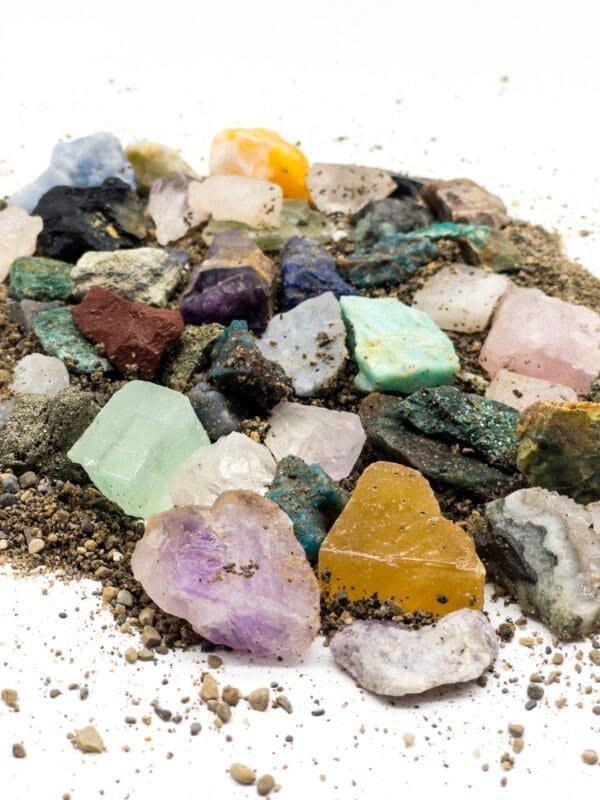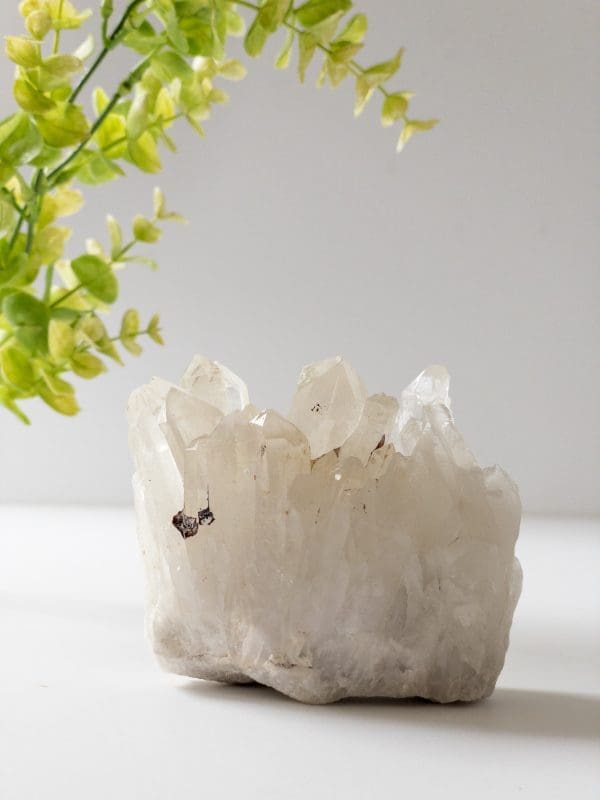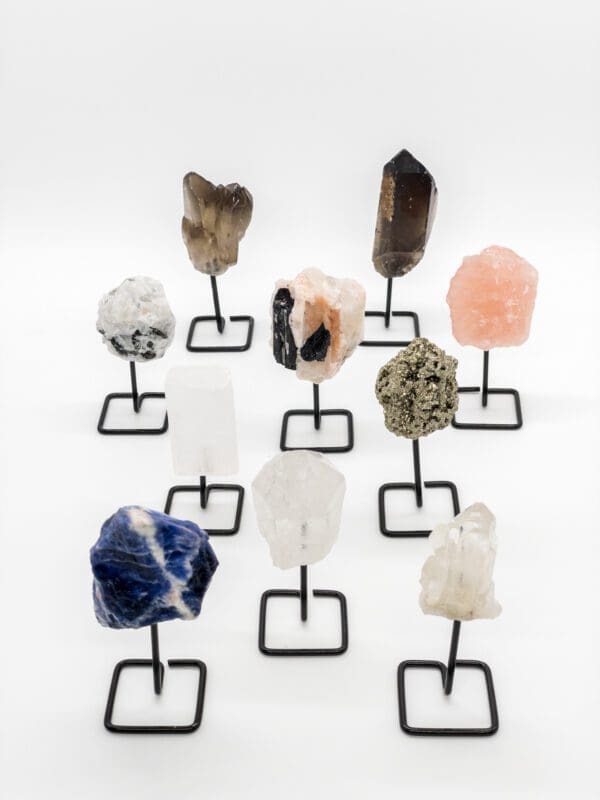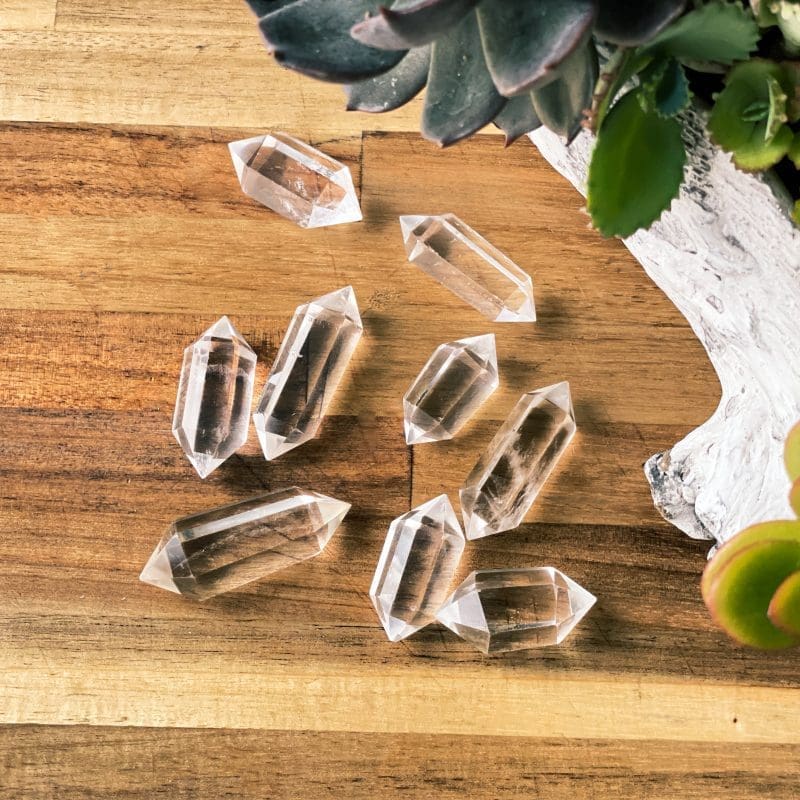Crystals are beautiful, mesmerizing, and have been used for centuries for their various properties and benefits. From crystal healing to crystal decor, these sparkling minerals have a wide range of uses and can bring positive energy and healing into our lives.
But with so many types of crystals out there, it can be overwhelming to know where to start. In this guide, we will introduce you to some of the most popular crystals and their uses, so you can find the right one for you.
First, let’s define what crystals are. Crystals are solid substances in which the atoms, molecules, or ions are arranged in an orderly repeating pattern extending in all three spatial dimensions. This repeating pattern is called a crystal lattice, and it determines the shape and properties of the crystal. Crystals can be found in a variety of shapes, sizes, and colors, and they can be made up of different minerals and elements.
Now, let’s take a look at some of the different types of crystals and their uses:
-
Amethyst: Amethyst is a purple variety of quartz and is known for its calming and protective properties. It is said to help with insomnia, addiction, and stress, and is also believed to enhance spiritual awareness and intuition. Amethyst is a popular choice for meditation and spiritual practice, and it is also used in crystal grids and crystal elixirs.
-
Citrine: Citrine is a yellow to orange variety of quartz and is known for its energizing and manifesting properties. It is said to attract abundance, prosperity, and success, and is also believed to promote creativity and clarity. Citrine is often used in manifestation work and is also popular as a decorative gemstone.
-
Rose Quartz: Rose quartz is a pink variety of quartz and is known for its love and heart-healing properties. It is said to help with self-love, relationships, and emotional healing, and is also believed to promote feelings of peace and calming. Rose quartz is often used in crystal grids, crystal elixirs, and as a decorative gemstone.
-
Black Tourmaline: Black tourmaline is a black crystal with a number of different uses. It is known for its grounding and protective properties, and is said to help with negative energy, EMF protection, and anxiety. Black tourmaline is also believed to promote physical and emotional balance, and is often used in crystal grids and crystal elixirs.
-
Clear Quartz: Clear quartz is a clear variety of quartz and is known as the “master healer” crystal. It is said to amplify energy and intention, and is also believed to help with clarity, focus, and spiritual growth. Clear quartz is often used in crystal grids, crystal elixirs, and as a decorative gemstone.
These are just a few examples of the many different types of crystals and their uses. Some other popular crystals include lapis lazuli, aquamarine, jasper, and turquoise, each with their own unique properties and benefits.
When choosing a crystal, it is important to go with your intuition and choose the one that resonates with you the most. You can also do some research to learn more about the specific properties and uses of each crystal.
Once you have chosen your crystal, you can use it in a variety of ways, such as carrying it with you, placing it in your home or office, using it in crystal grids or elixirs, or incorporating it into your meditation or spiritual practice.
In conclusion, crystals are beautiful, versatile minerals
that can bring a wide range of benefits and positive energy into our lives. Whether you are interested in crystal healing, manifestation, or just love the beauty of crystals, there is a crystal out there for you. We hope this guide has helped you learn more about the different types of crystals and their uses, and that you will find the perfect crystal to enhance your life.




